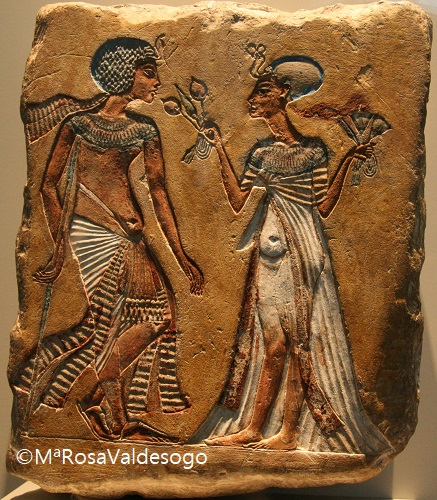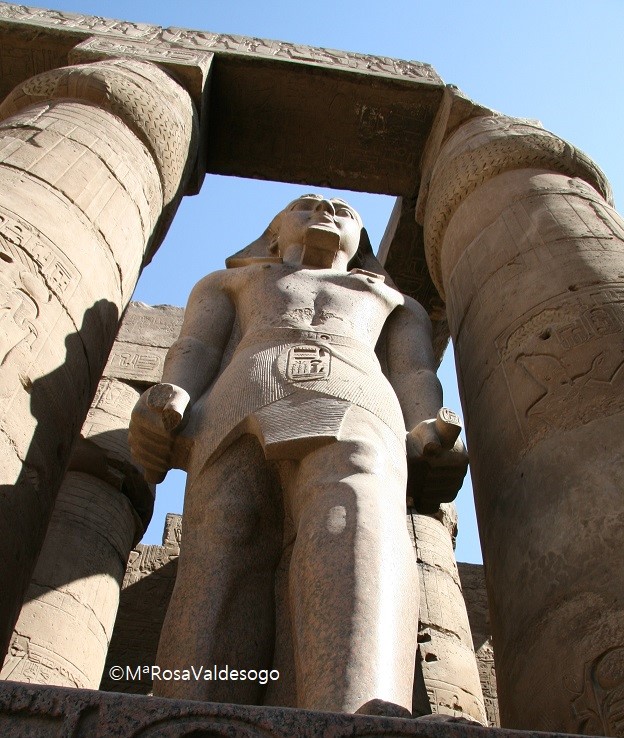MARÍA ROSA VALDESOGO
EGYPTOLOGIST¿Te apasiona el Antiguo Egipto, pero no entiendes a los egiptólogos?
Es lógico, hablamos y escribimos de una forma tan académica, que solo nos entendemos entre nosotros. Sin darnos cuenta permanecemos en un círculo de “eruditos” (que está muy lejos del mundo real) y no salimos del bucle de los congresos o seminarios y la publicación de libros y artículos que solo se consultan en alguna biblioteca especializada.
Esto provoca que los aficionados a la civilización del Antiguo Egipto, se desconecten de contenidos más profundos y piensen que no son capaces de comprender la complejidad de la cultura egipcia. ¡Y NO ES ASÍ! El problema es el egiptólogo, que ha de hacerse entender.
Me di cuenta de ello, cuando empecé a viajar con grupos de personas a Egipto. Al ir con un profesorado especializado, había que ofrecerles un contenido más profundo que el de un viaje turístico, pero había que hacerlo con un discurso asequible.
Adopté la máxima de José Ortega y Gasset: “la claridad es la cortesía del filósofo” y ofrecí conocimiento de una forma entendible para el gran público, de forma que todos sacaran el provecho deseado de un viaje con un estudioso. Y funcionó. Las personas volvían “sabiendo” del Antiguo Egipto y con más ganas de saber, más conectados que nunca.
Esa es mi intención, ofrecer contenidos profesionales sobre el Antiguo Egipto de una forma fácil, amena y clara.

